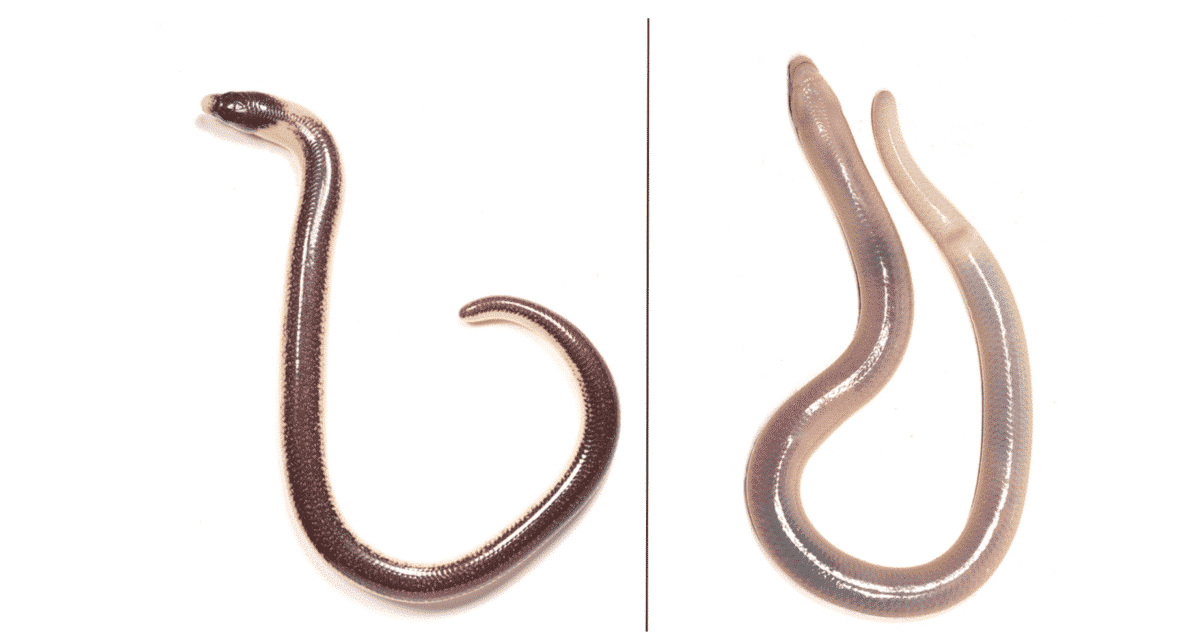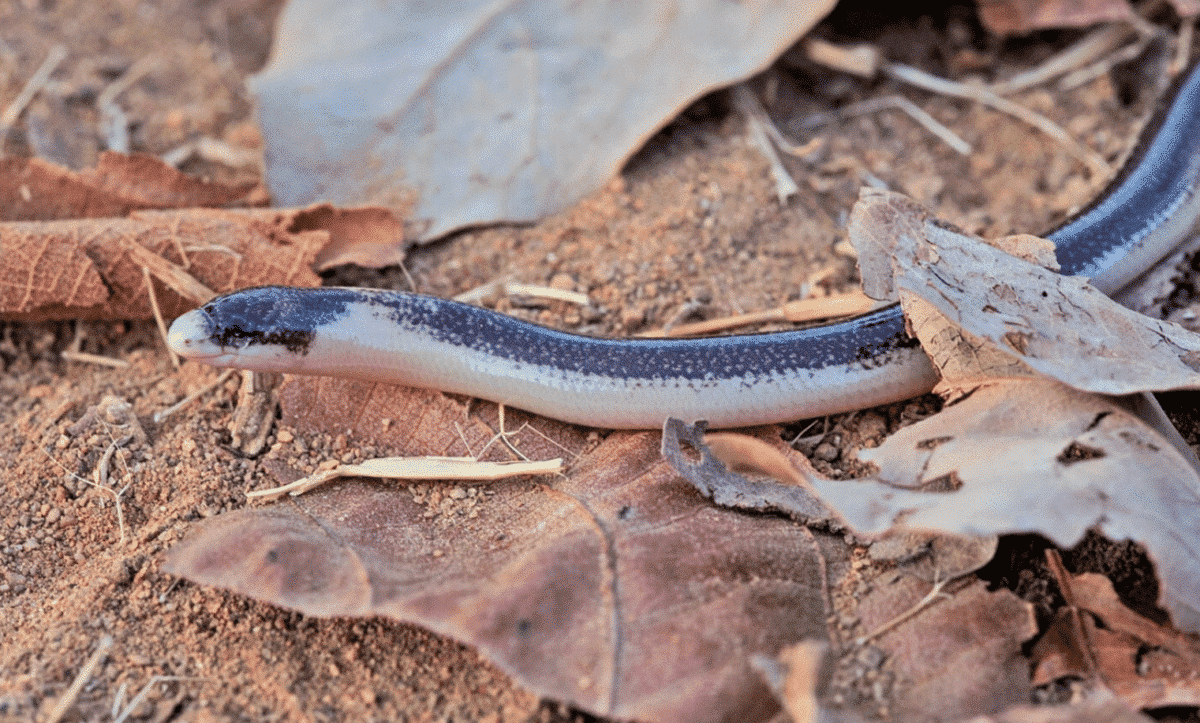Have you ever heard of a legless skink? These fascinating creatures have recently captured the attention of the herpetology world with the discovery of a new species in the heart of Africa.
The Discovery
In a breakthrough discovery, a team of scientists led by Dr. Samantha Ruiz unveiled a new species of legless skink in the dense forests of Central Africa. The finding, which came to light in early 2023, has sparked significant interest and raised questions about the biodiversity of this region.
The newly discovered skink possesses distinct physical features and adaptations that set it apart from its counterparts. From its smooth, iridescent scales to its unique reproductive behavior, this species showcases an array of evolutionary marvels.
Habitat and Distribution
These legless skinks predominantly inhabit the leaf litter of the forest floor, where they intricately blend in with the surroundings. Their distribution is largely localized, and they share their habitat with various other reptilian species, contributing to the rich ecological tapestry of the region.
Ecological Role
Despite their inconspicuous presence, legless skinks
play a vital role in maintaining the balance of their ecosystem. Through their feeding habits and interactions with other species, they contribute significantly to the overall health and sustainability of their habitat.
These creatures have evolved remarkable traits that aid in their survival, including the ability to burrow swiftly and efficiently, along with specialized sensory mechanisms that provide early warnings of potential threats.

Challenges and Threats
While the discovery of this new species is cause for celebration, it also raises concerns about the impact of human activities and environmental changes on their fragile habitat. The skink’s conservation status remains a focal point for researchers and conservationists.
The investigation into this newfound species involved a meticulous process of observation, genetic analysis, and environmental surveys. Ongoing research seeks to deepen our understanding of these creatures and their interactions within their habitat.
This discovery has not only shed light on the intricate genetic relationships among legless skinks but has also unearthed compelling connections to previously documented species, providing valuable insights into their evolutionary history.
Impact on Biodiversity and Conservation
The recognition of this new species carries significant implications for biodiversity and conservation, emphasizing the need for comprehensive protection measures and habitat preservation.
The adaptive prowess of these legless skinks offers valuable lessons in resilience and the potential for sustainable coexistence within complex ecosystems, providing a source of inspiration for conservation initiatives around the world. As we marvel at this newfound species, there is an opportunity to raise public awareness about the fragile balance of our natural world and the importance of preserving unique species like the legless skink.
Conclusion
The discovery of this new species of legless skink has cast a spotlight on the marvels of biodiversity. As we continue to explore and protect the natural wonders of our planet, the significance of this finding remains an inspiration for future research and conservation efforts.
Slide on over:
Meet Lolong The Largest Crocodile Ever
Beginner’s Guide to Pet Lizards
Join our Forum for free today!

- The Kleptomaniac Cat That Rules Houston - July 20, 2024
- Elephant Makes a Lifelong Friend at Sanctuary in Tennessee - July 14, 2024
- Evidence For World’s Oldest Fossilized Forest Discovered in New York - July 11, 2024

